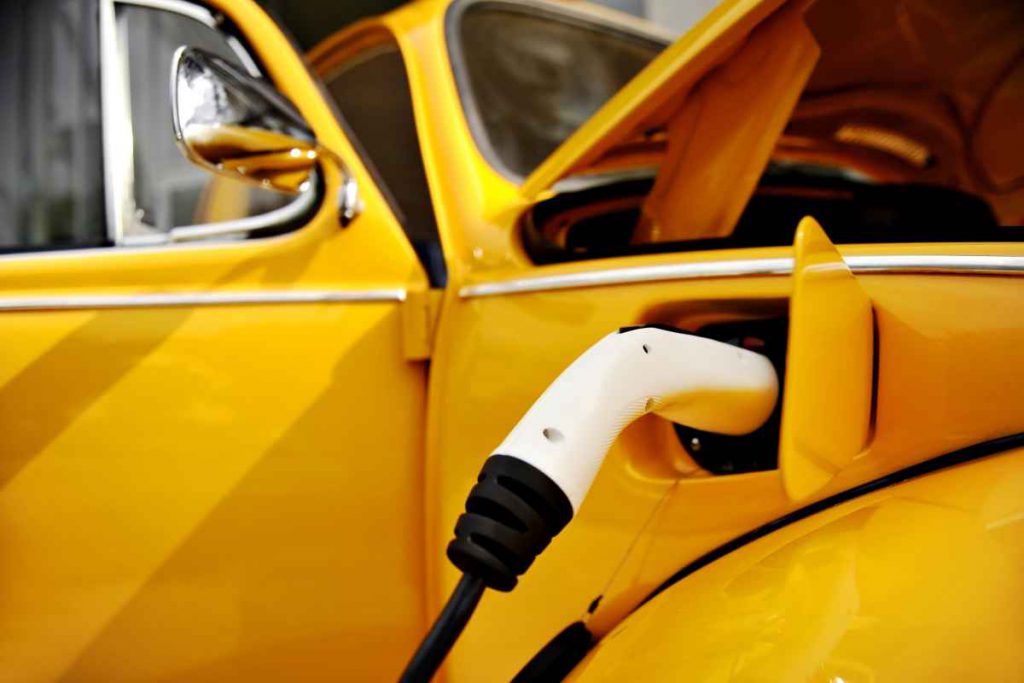How it is done
It is no easy task converting a classic engine to electric, and it takes a lot of expertise. Essentially, you are removing the old engine completely and fitting a series of batteries. However, the exact method will vary on the vehicle and customer desires. It includes replacing fuel lines with charging stations capabilities while implementing the needed computer interfaces. Engineers must consider rethinking everything – from reinforcing the chassis to dealing with the extra weight of the batteries to how the power is now converted to headlights and how the brakes may handle extra torque.
There are companies that offer kits for those ready to undertake the work themselves. It is advised though that unless you have some expertise or at least someone with experience it is best left to the professionals. With so much voltage as well as computer software to deal with the task can prove almost as dangerous as it is difficult.
Who are doing it and what’s the cost?
There are places all over the world in the business of electric car conversions. Most are specialised garages that have fixed rates. There are also major automotive companies who are re-releasing some of their most famous models as electric vehicles, most notably Honda in recent years. Their Honda E is a small runaround car that looks like a fun mix of 70’s or 80’s design with the smooth, futuristic elements of modern electric vehicles.
In the UK there are more firms sprouting every year. In London one of the most successful is London Electric Cars. For around £20,000 they are fitting iconic cars with electric engines out of their garage in Vauxhall. Although they admit themselves the price is high at the moment, they are confident that it will lower to £5000 standard as the practice gains popularity.
In Oxford there is a company called Electrogenic that offers similar services while there is also the high-end conversion company, Lunaz, based out of London. They specialize in converting the most expensive collector cars like Rols Royce into electric and can charge up to £500,000. A typical conversion can take anywhere from 3 to 6 months depending on the specifications.

Benefits
While prices are high there are benefits to converting a classic car into an electric vehicle.
- Style: By installing an electric engine you are maintaining the original design. This upholds the manufacturer’s legacy while holding onto the historic relevance of the car in question.
- Preservation: It is a fact that emissions need to be lower. In the future many of the cars of previous generations will not be roadworthy. By converting you are holding onto the cultural relevance of these cars. Many of the designs are not just incredibly nice to look at but a part of recent history.
- Money saving: In the UK classic cars already have lower insurance rates due to low mileage. Add this to the fact that electric cars are exempt from vehicle tax when not used for commercial purposes.
- Less Emission: This is an obvious benefit, but it cannot be stressed enough. The idea of restructuring what we know and what we are used to is daunting. However, innovations such as converting classic cars are the type of exciting measures necessary to make it happen. There is no reason the best parts of the past cannot be part of the future.
The benefits are huge and the prospects exciting. The idea of restoring these beloved vehicles, whose original schematics would fail any emission requirements of today’s standards. This has given a new lease of life to once held dear designs. The success is due not just to the beneficial cuts in carbon emissions but the dependence of our nostalgia. It’s what makes this sustainable concept the attractive solution that it is. Let’s face it, while engines may have to adapt there are still some things about classic cars that will never be left behind.
